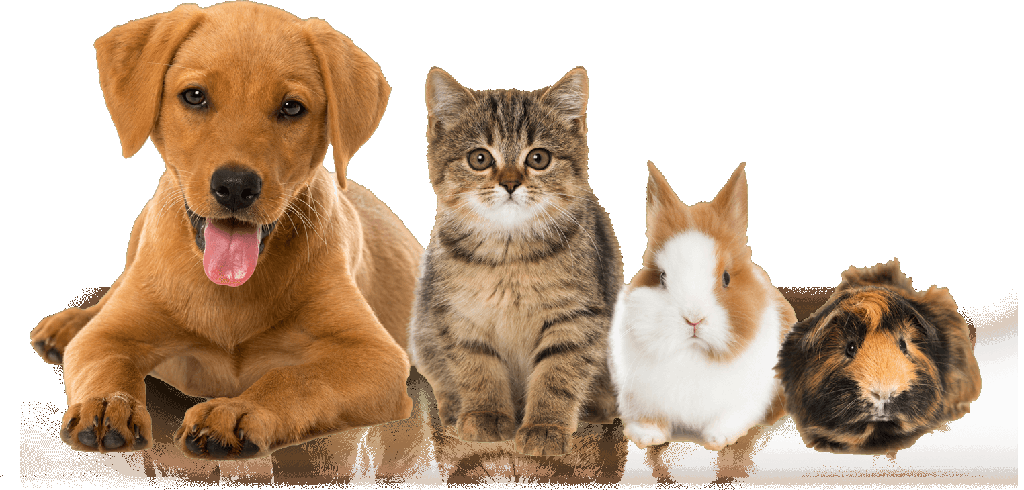The exotic animals from South America may require some extra attention, but they can be rewarding pets.
Llamas and alpacas are closely related animals, both hailing from South America. Although they may have an exotic allure, they are commonly kept as companion animals and can make rewarding and unexpected pets for owners with the space and time.
Dr. Evelyn MacKay, a clinical assistant professor of food animal medicine and field service at the Texas A&M University College of Veterinary Medicine & Biomedical Sciences, says that the benefits of owning a pet llama or alpaca include companionship, fiber production, the opportunity to train and show them, and protection as a guard animal.
Potential owners who are considering adopting a llama or alpaca should take into account the care these animals require, including vaccinations and routine dental care, as they are prone to tooth abscesses and require trims for overgrown incisors.
“Llamas and alpacas also need their hooves trimmed, as they have two claws that continue to grow,” MacKay said. “In addition, they should have regular fecal exams to check for intestinal parasites. They’re very sensitive to intestinal parasites that also affect sheep and goats. I usually recommend that healthy llamas and alpacas get checked every three to six months and more frequently in any animals that have had problems with parasites.”
It is also vital that potential owners are able to provide the appropriate environment for their new pet.
MacKay says they can happily live in a relatively small dirt pen but that there should not be any grazing area if their enclosure is small to reduce the risk of parasites. If they will be at pasture, she recommends at least a couple acres — the larger, the better.
Owners should also consider the management of their pet’s waste.
“Llamas and alpacas produce little formed pellets; rakes and scoops can be used to clear it from your yard or pasture,” she said. “In large pasture situations where they have many, many acres to roam and graze, you usually don’t have to maintain the feces that much, as it will decompose as the season goes on, but the feces can be a source of parasites and should be removed in smaller areas to avoid contaminating the environment.”
It is also very important that these animals have a supplied water source in their environment that is monitored and changed daily. Adequate water intake can help owners manage the risk of heat stress.
“Heat stress is a really important problem that we see here in Texas with llamas and alpacas,” MacKay said. “They grow this beautiful fiber coat, but it needs to be shorn at a minimum of once per year, although I recommend twice per year.
“Heat stress can be life threatening for these animals if not treated quickly,” she said. “They should always have shade available, and some enjoy having access to a fan or gently being wetted down with water to stay cool.”
The diet of llamas and alpacas is largely hay- or grass-based. Animals requiring extra calories may be fed special food formulated for llamas and alpacas.
“It’s really important that they always have access to forage,” MacKay said. “Forage means either grass they can graze or access to hay. Coastal Bermuda grass hay is a great forage source that many llamas and alpacas in Texas are fed with if they’re not on enough pasture.”
These animals are also very social and enjoy being kept with other members of their own species.
However, unneutered alpaca males may tend to fight, so owners should be aware of the group dynamic of their herd. MacKay also adds that some llamas may be OK as solitary or guard animals, but most members of this species need social interaction to be happy.
“Llamas and alpacas often can very happily coexist in pastures with goats, sheep, donkeys, horses and other animals — oftentimes, cattle as well,” MacKay said. “Owners should be very careful about interactions with dogs. They are susceptible to dog attacks and can be badly injured by them.”
As a final note, MacKay adds that a common misconception that paints llamas and alpacas as “spitters” may deter potential owners, but this behavior is often misunderstood and fairly uncommon.
“Llamas and alpacas get a bad rap for spitting. It’s not actually their spit that they might throw at you; it’s the contents from their first stomach compartment, so it’s actually a little bit of thrown up food,” she said. “It’s not as common as people think. They typically only do it when they feel threatened or upset.
“If you have a good bond with your llama or alpaca and you’re giving them enough space and making them feel safe, it’s unlikely that they’ll spit on you.”
Pet Talk is a service of the College of Veterinary Medicine & Biomedical Sciences, Texas A&M University. Stories can be found on the Pet Talk website. Suggestions for future topics may be directed to editor@cvm.tamu.edu.
By Texas A&M University College of Veterinary Medicine & Biomedical Sciences Staff





